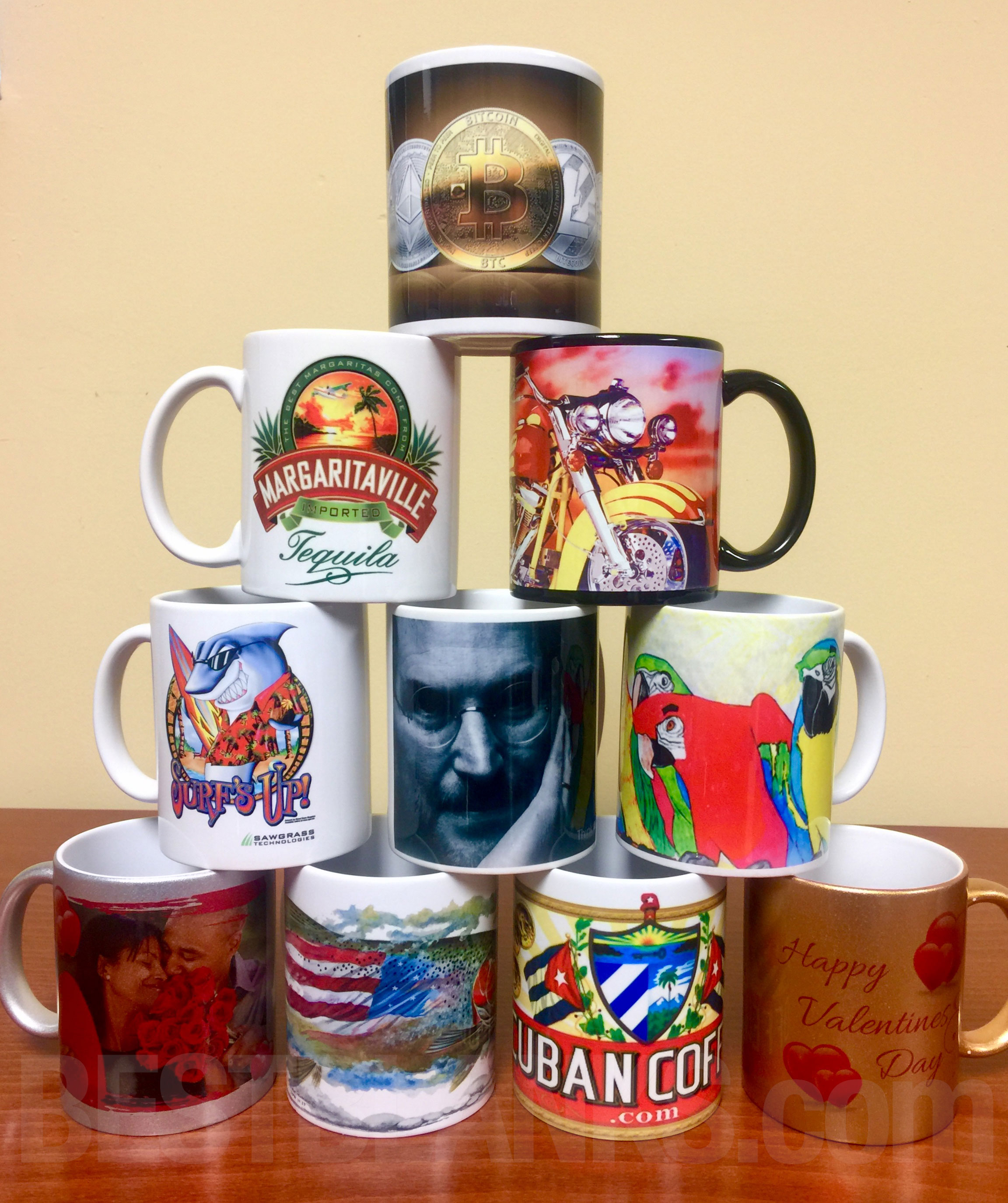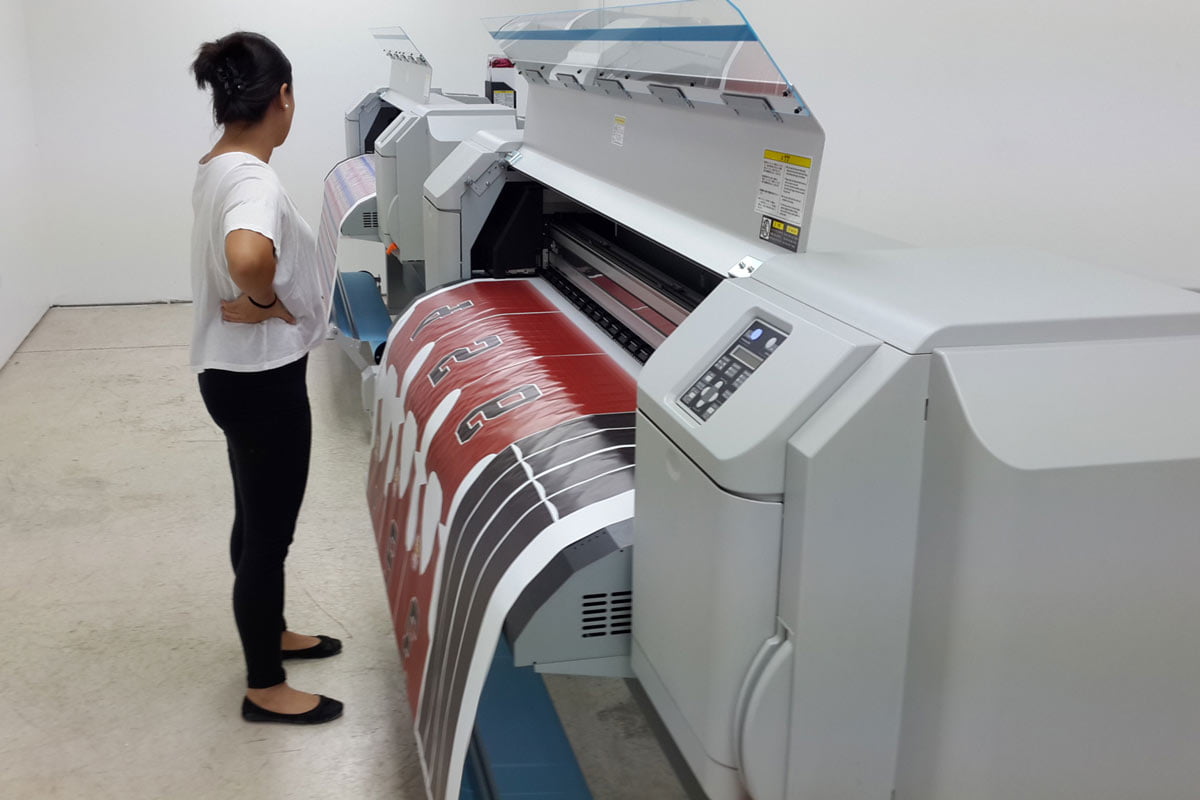A Comprehensive Guide to the Different Kinds of Towel Printing Techniques
Each method, from the thorough workmanship of block printing to the quick efficiency of screen printing, serves unique purposes and uses distinct advantages. Digital printing's versatility and environmental consciousness stand in plain contrast to the speedy customization of warm transfer printing.
Block Printing
Block Printing, one of the oldest approaches of textile decor, has a rich background that dates back to ancient people. The process includes carving elaborate styles right into wooden blocks, which are then dipped in dye and pressed onto material to create patterns.
The accuracy and craftsmanship included in block printing make it a labor-intensive process, but it additionally allows for a high level of personalization. Artisans can develop one-of-a-kind patterns by combining different blocks or differing the application of color. This versatility has actually added to the enduring appeal of block printing in both contemporary and standard textile design.
Block printing is specifically valued for its visual qualities, consisting of the minor variations in pattern and shade that arise from the hand-printing process. These imperfections offer an unique personality per piece, differentiating it from mass-produced textiles. In spite of advances in modern-day printing technologies, block printing stays a valued strategy, commemorated for its historic significance and creative value.
Screen Printing
Display printing, another noticeable textile design method, has actually transformed the market with its performance and flexibility. This technique includes creating a stencil, referred to as a display, and using it to use layers of ink on the printing surface area. Each color in the design calls for a different screen, which permits intricate and vibrant multi-colored prints.

Among the vital advantages of screen printing is its versatility to various sorts of textiles, including cotton, polyester, and blends. This strategy is particularly suitable for large-volume orders as a result of its cost-effectiveness and speed. The durability of the prints is one more significant benefit, as the ink bonds well with the fabric, ensuring long-lasting designs that stand up to several washes.
When dried out, the layout is moved onto the emulsion-coated display making use of a UV light resource. Ink is after that pushed with the pattern onto the fabric making use of a squeegee.
Screen printing is extensively made use of in the style sector, advertising items, and customized clothing. Its ability for top notch, in-depth prints safeguards its standing as a keystone technique in fabric printing.
Digital Printing
Digital printing has quickly become a cutting-edge method in the fabric market, leveraging advanced modern technology to produce high-resolution styles directly onto fabric. Unlike traditional approaches, electronic printing uses inkjet printers to deposit pigment or dye-based inks onto textiles, making it possible for complex and lively patterns with an impressive level of detail and shade precision.
One of the main benefits of digital printing is its adaptability. This approach allows for on-demand printing, which significantly decreases waste and decreases inventory expenses.
Additionally, digital printing is eco-friendly. DTF printing. It utilizes water-based inks and requires much less water and energy contrasted to standard methods, straightening with sustainable methods. The accuracy of digital printing also allows using a broader range of fabrics, including cotton, silk, polyester, and blends, guaranteeing flexibility across numerous applications
Heat Transfer Printing
Exactly how does warm transfer printing reinvent material design? Warmth transfer printing includes using heat and stress to transfer a layout from a specially formulated paper onto material.
Among the main benefits of warm transfer printing is its capacity to generate premium, thorough photos promptly and effectively. It is specifically appropriate for small manufacturing runs and custom websites orders, making it a prominent selection for tailored apparel and marketing products. In addition, this method is versatile, suiting numerous sorts of fabrics consisting of cotton, polyester, and blends.
Moreover, warm transfer printing is reasonably cost-effective contrasted to various other methods, as DTF printing it requires minimal configuration and lower first investment - heat transfer vinyl printing. This affordability, paired with its capability for generating vivid, durable prints, emphasizes its pivotal duty in contemporary textile style

Dye Sublimation Printing
Dye sublimation printing, a sophisticated textile printing strategy, offers unequaled vibrancy and long life for layouts on numerous artificial fabrics. The published transfer paper is after that positioned on the material, and both are subjected to high warm and pressure making use of a warm press.
One of the essential advantages of dye sublimation printing is its ability to generate continuous-tone prints with vivid colors and intricate information. Unlike other printing techniques, the dye comes to be part of the fabric instead than sitting on top of it, resulting in a soft and breathable coating. This technique is especially efficient on polyester and other synthetic products, making it a preferred option for sportswear, banners, and home fabrics. Additionally, dye sublimation is eco-friendly, as it calls for no water and creates very little waste, aligning with sustainable manufacturing techniques.
Conclusion
In recap, fabric printing strategies each deal special view website benefits customized to different needs and applications. Block printing is prized for its artisanal high quality, while display printing is helpful for high-volume manufacturing. Digital printing supplies convenience and ecological advantages, whereas warmth transfer printing is excellent for rapid personalization. Color sublimation printing creates vivid, long lasting designs on synthetic textiles. The variety and advancement within these methods highlight the dynamic and developing nature of the cloth printing sector.
Each approach, from the careful craftsmanship of block printing to the rapid efficiency of screen printing, serves special objectives and supplies unique benefits. Digital printing's flexibility and ecological consciousness stand in raw contrast to the swift customization of warmth transfer printing. Regardless of advances in modern printing innovations, obstruct printing remains a treasured technique, commemorated for its historic importance and imaginative value.
Dye sublimation printing, a sophisticated fabric printing strategy, provides unmatched vibrancy and long life for styles on numerous artificial fabrics. Digital printing offers convenience and environmental benefits, whereas warmth transfer printing is suitable for rapid personalization.